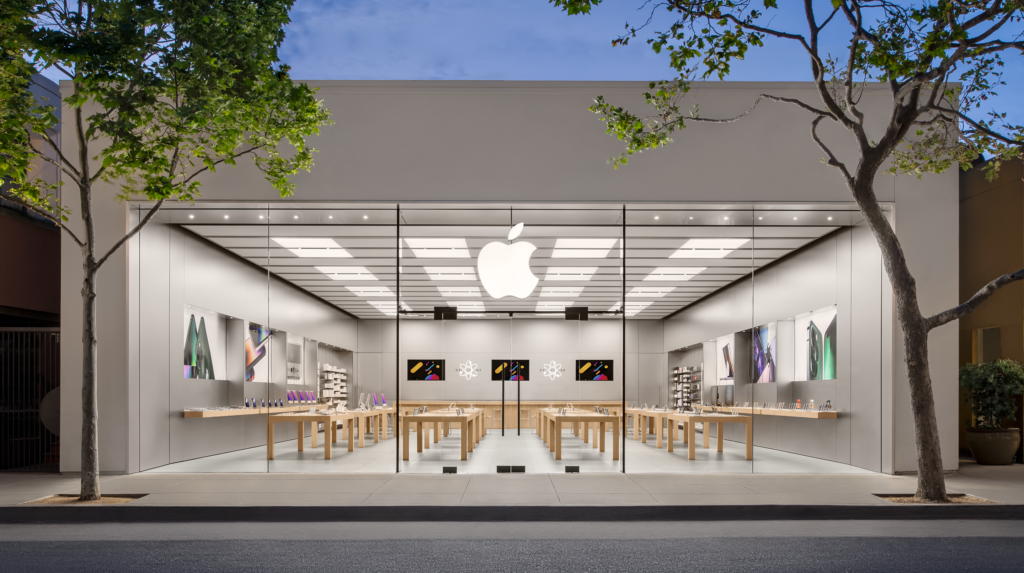
5. Skimming Pricing
Definition: Skimming pricing involves setting high initial prices for a new product and then gradually lowering them over time.
Example: Sony often uses this strategy when launching new gaming consoles. They price high initially to maximize profits from early adopters and then lower the price as competitors enter the market.
When to Use:
- For innovative products with little competition.
- When targeting early adopters willing to pay more.
6. Freemium Pricing
Definition: Freemium pricing offers a basic product for free while charging for premium features or services.
Example: Spotify uses this model by providing free access to music with ads, while offering a subscription for an ad-free experience and additional features. This approach attracts a wide user base, some of whom convert to paying customers.
When to Use:
- For software or online services.
- To build a large user base quickly.
7. Dynamic Pricing
Definition: Dynamic pricing involves changing prices based on real-time demand and market conditions.
Example: Airlines often adjust ticket prices based on factors like booking time, demand, and seasonality. Websites like Kayak help travelers compare these prices in real-time.
When to Use:
- In industries where demand fluctuates frequently.
- For online businesses that can easily adjust prices.
Conclusion
Choosing the right pricing strategy is essential for any business aiming to succeed. Understanding these strategies can help you set competitive prices that attract customers and increase your profits. By applying these strategies and examples, businesses in the US can tailor their pricing models to better meet customer needs and market demands.



1 thought on “Understanding Pricing Strategies and Models With Examples”
Comments are closed.